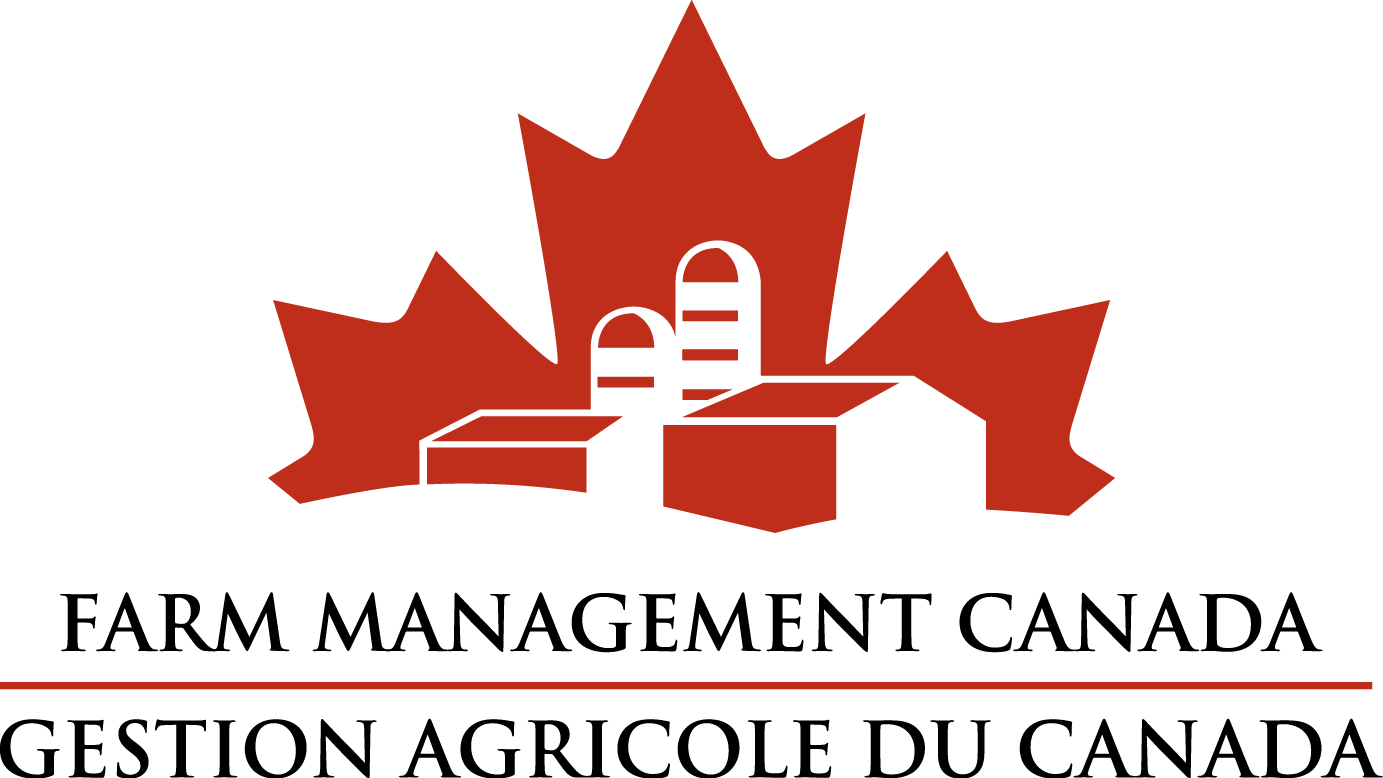On July 18, the Bank of Canada released its quarterly report on monetary policy. Aside from the usual outlook on inflation and interest rates, the report provides important insight on the Canadian economy. It also contains implications for agriculture and the agri-food industry, based on economic drivers in Europe, China and Canada.
Inflation climbed at an annual rate of 1.5 per cent in June, well below the Bank of Canada’s target of two per cent. Forecasts call for a slowdown in the growth of global economic activity, which should keep the Canadian economy operating below capacity for a number of months. While it is not possible to predict the timing and direction of interest rate changes, it is expected that the Bank will not increase interest rates until 2013.
The Bank’s main objective is to keep inflation low and stable by changing its key interest rate, based on forward-looking assessments of inflationary pressures. One important tool used in setting the key interest rate involves measuring the difference between the potential of the Canadian economy and what it is actually producing; this difference is called the output gap. The pace at which actual economic activity in Canada will reach its full potential is largely determined by the economic situation in other parts of the world. This is similar to the Canadian agricultural industry, where supply and demand for most commodities is determined on the world stage.
The Bank’s outlook paints a rather dim picture of the macroeconomic situation in Europe. The European economy is expected to contract further before the end of 2012 and negatively impact emerging markets. In fact, China’s economic performance has already been affected. Its economy is now growing at a rate below eight per cent per annum, the lowest level in the last three years. If the slowdown in emerging markets continues, this could create downward pressure on commodity prices over the medium term.
The Bank of Canada also continues to closely monitor the Canadian housing market, fearing that housing is overvalued in some parts of the country. A price correction in major Canadian cities would impact agriculture by affecting the demand for lifestyle farming operations and the value of rural properties and farmland near urban centres. This impact would be largest near cities, with the effect dissipating as the landscape becomes more rural. Any reduction in land values would only be modest, and influence only a small portion of Canadian agriculture as the long-term prospects for the industry remain bright.
Weather concerns in the U.S. Midwest and high commodity prices currently dominate market news. The rapid price climb we have witnessed over the past two months is having a positive effect on the bottom line of crop producers, especially in Western Canada. At the same time, it creates challenges for the red meat industry as feed costs climb. The drought has also depressed livestock prices due to herd reductions. Regardless, it is important for producers and agri-business owners to keep their eyes on key macroeconomic drivers.
The world economy is clearly not firing on all cylinders and poor weather conditions will not last forever. With increased economic uncertainty, it is important to prepare your business for potential swings in costs and revenue. The current environment leaves agricultural commodities susceptible to rapid changes in price. Knowing your cost of production and break-even prices are key when marketing your products.
From the Farm Credit Canada FCC Express.
